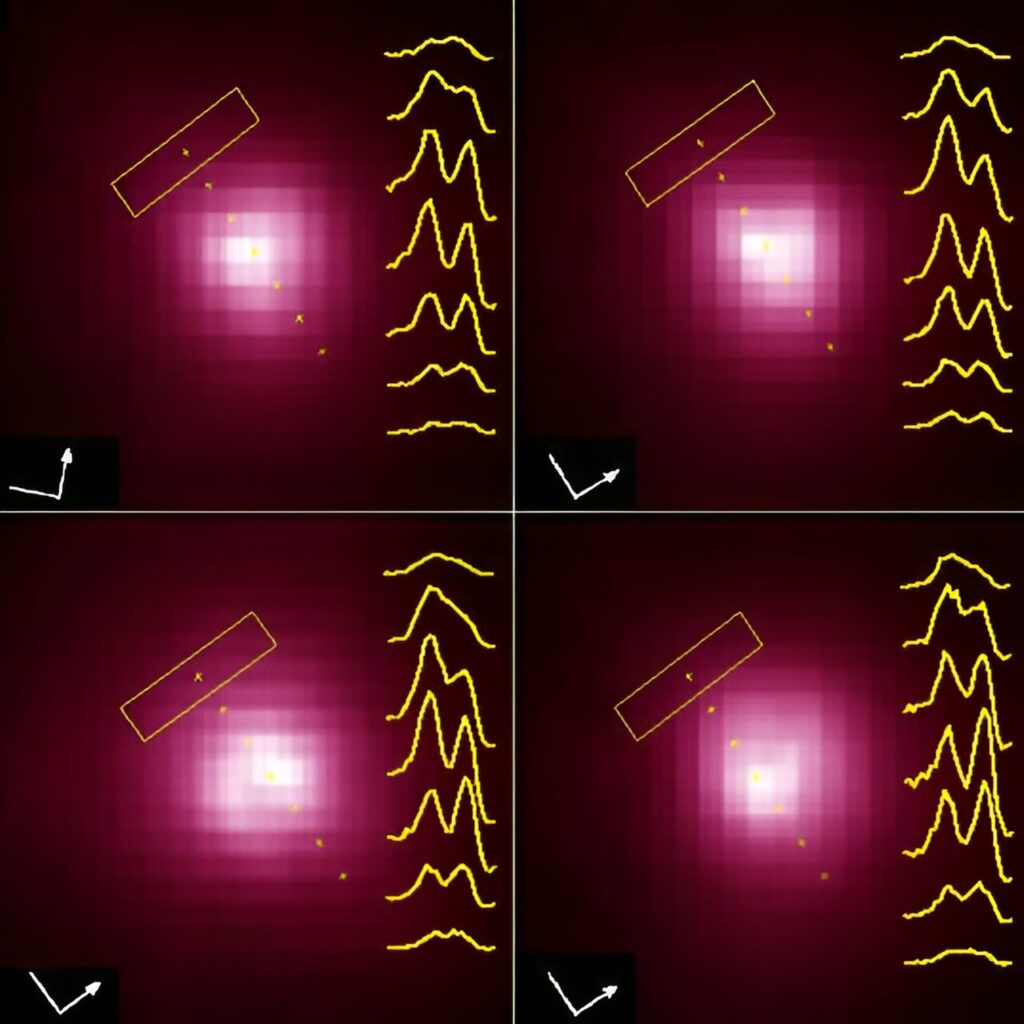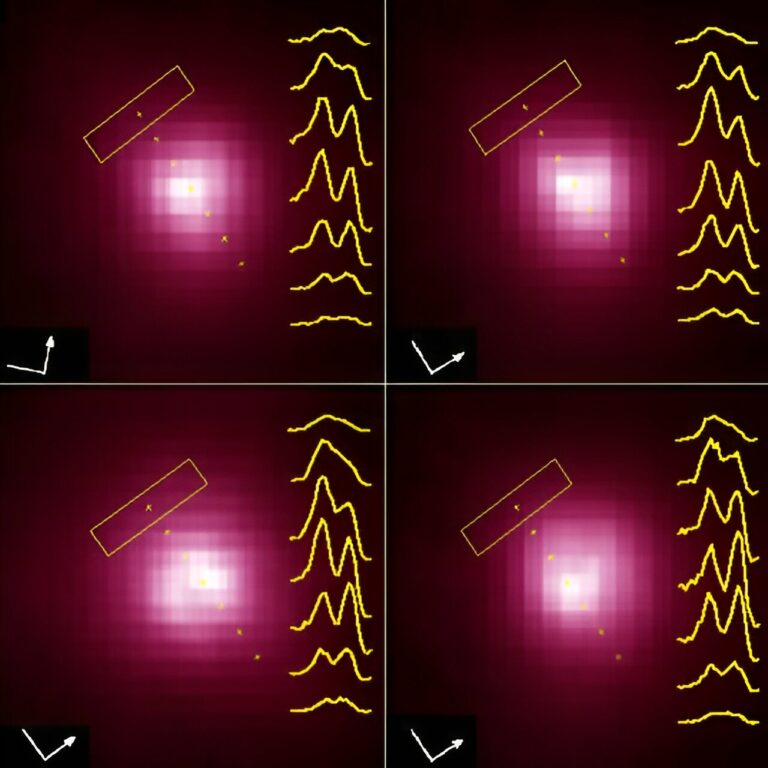Is Betelgeuse Rotating? It Might Not Be.
Betelgeuse, situated in the corner of Orion the hunter, is a renowned red giant star. Amongst all the star names, its translation in certain languages as “armpit of the giant” stands out as the most interesting. Recently, Betelgeuse has captivated observers due to its unexpected fading a few years ago and a recent study revealing its incredibly fast rotational speed, which surpasses that of other supergiants.
As one of the brightest stars in the northern hemisphere sky, Betelgeuse holds the position of the tenth brightest star. Its striking red color adds to its allure. Being a semi-regular variable star, it exhibits some regularity in its light output, but there are instances where the variation is disrupted, possibly lasting anywhere between 20 and 2,000 days. If Betelgeuse were to replace the sun, its visible surface would likely extend beyond the orbit of Mars, engulfing everything in its path.
Betelgeuse, like all stars, undergoes rotation. However, a recent study published on the arXiv preprint server, which utilized the Atacama Large Millimeter Array (ALMA), has revealed that Betelgeuse is rotating at a faster rate than initially anticipated. As cool stars such as Betelgeuse expand during their evolution, their rotation must slow down in order to conserve momentum. It is plausible that the loss of mass due to stellar winds further decreases the speed of rotation. According to the current theory, red giants rotate at approximately 1 km per second, while red supergiants rotate at slightly less than 0.1 km per second.
Despite the current theory, there have been numerous observations indicating that several hundred giant stars rotate at a faster pace. Notably, Betelgeuse has exhibited a rotation speed that surpasses expectations. Fortunately, its proximity to Earth has allowed for the resolution of its surface and the collection of precise measurements. These measurements have revealed that half of the visible hemisphere is blue-shifted, while the other half is red-shifted. This information can be utilized to accurately calculate the rotational velocity.

In the case of Betelgeuse, the radial velocity measured with ALMA was approximately 5.47 km per second. This value was compared to previous observations made using the Hubble Space Telescope, and fortunately, the results aligned. One prominent theory suggests that the evolution of binary stars, particularly through mergers with low mass companion stars, could be a potential cause for this phenomenon. This process is not uncommon, as approximately one-third of red supergiants experience stellar mergers before their cores collapse, signifying the end of their lifespan. The research team also considered the impact of merging with planetary systems on the rotational velocity of red giants.
The acquisition of sufficient data poses complications, but the team has successfully conducted 3D radiation hydrodynamic simulations of red supergiants resembling Betelgeuse. However, the team introduces a potential obstacle by suggesting that the observations may be erroneous, with false signals originating from convective plasma activity on the surface rather than the star’s rotation itself.
In an effort to determine the feasibility of accurately measuring the rotational velocity of red giants and supergiants, the team had to develop novel processing techniques. These techniques allowed them to establish predictions that could be compared with observations of Betelgeuse. Ultimately, the team concluded that obtaining higher resolution observations, surpassing the capabilities of current technology, is necessary to definitively confirm the rapid rotation of Betelgeuse and other red supergiants.
This article is republished from PhysORG under a Creative Commons license. Read the original article.
Do not forget to share your opinion with us to provide you with the best posts !




0 Comments